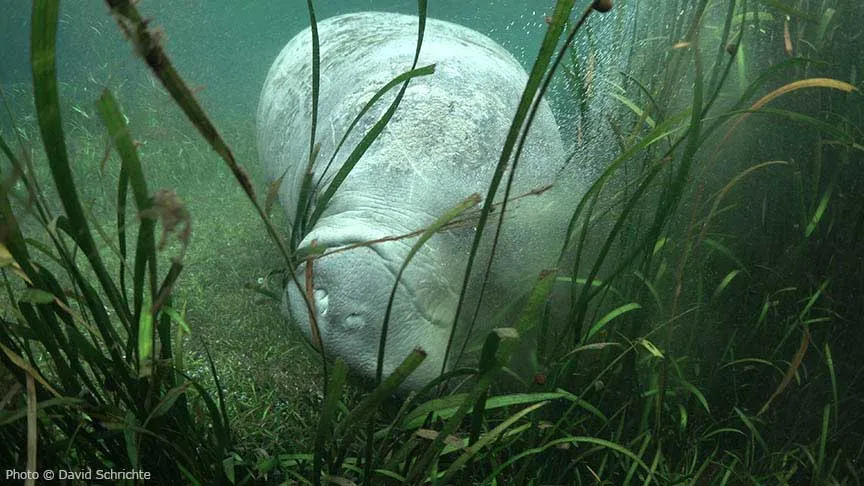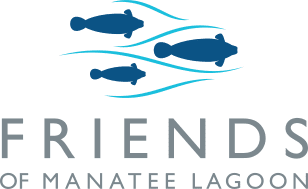Dive into the Underwater Meadows Sustaining Manatees’ Lives

Introduction
Beneath the tranquil waves lies a secret garden of life. Welcome to the world of seagrass – an underwater meadow that holds the key to the survival of majestic manatees and the delicate balance of our marine ecosystems. Journey with us as we unveil the mysteries of this vital treasure, exploring its essential role in nurturing the lives of manatees and sustaining the beauty of our oceans.
General Information
Seagrass is a unique and ecologically vital marine plant that only grows in shallow coastal waters around the world. Seagrasses are angiosperms, or flowering plants, adapted to survive in saline environments. Seagrass beds serve as nurseries for various marine species, contribute to shoreline stabilization, and improve water quality by trapping sediment and pollutants. Additionally, seagrasses enhance the health of oceans by absorbing and storing substantial amounts of carbon dioxide, thus helping mitigate climate change. Protecting and conserving seagrass habitats are essential for maintaining the health of coastal ecosystems and the broader marine environment.
Seagrass FAQ
What is seagrass, and where is it found?
Seagrasses are a group of flowering plants adapted to living in marine environments. These plants form underwater meadows in shallow coastal waters around the world, often found in bays, lagoons, and estuaries.
Why is seagrass so important?
Seagrass meadows hold ecological importance by delivering vital benefits to marine ecosystems. They serve as habitats and nurturing spaces for a diverse range of aquatic species, contribute to coastal stability, enhance water quality through the retention of sediments and pollutants, and participate in carbon sequestration, aiding in mitigating climate change.
Why do manatees depend on seagrass?
Manatees are herbivorous marine mammals deeply intertwined with seagrass ecosystems. These gentle giants rely heavily on seagrass as their primary food source, offering a well-rounded diet rich in essential nutrients. The consumption of seagrass plays a fundamental role in supporting various aspects of manatees’ lives, including facilitating their growth, enabling successful reproduction, and bolstering their overall health and well-being within their aquatic habitats.
What threats do seagrass habitats face?
Seagrass habitats are under threat from human activities such as coastal development, pollution, boating, and destructive fishing practices. Climate change-related impacts like the rise of both sea temperatures and sea levels also pose significant challenges to the survival of seagrass ecosystems.
How can individuals contribute to seagrass conservation?
Individuals can contribute to seagrass conservation by practicing responsible boating and fishing to prevent habitat damage, reducing pollution and waste that reaches coastal waters, and supporting organizations and initiatives focused on seagrass protection and restoration. Additionally, raising awareness about the importance of seagrass ecosystems and their role in marine health can have a positive impact.

